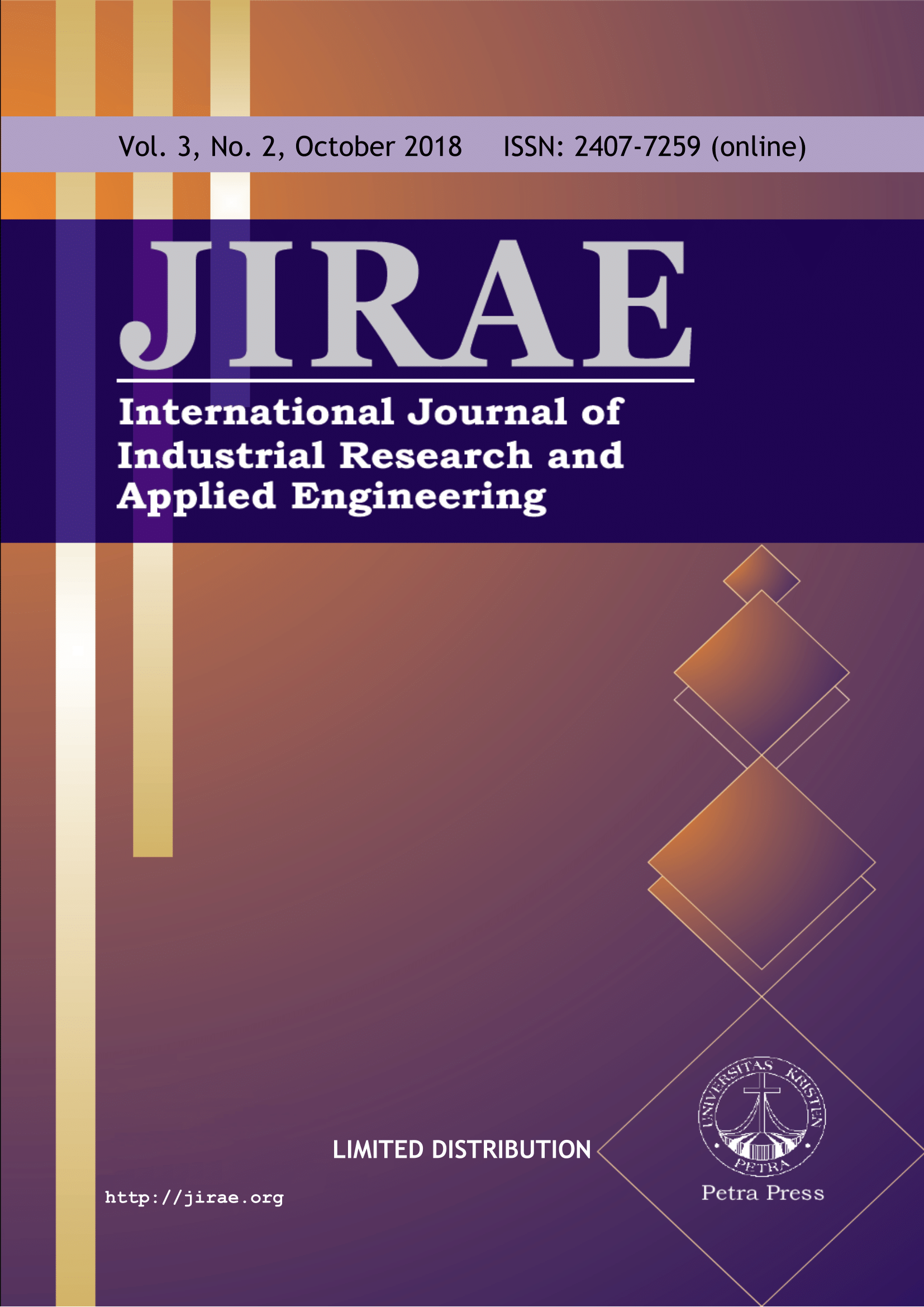Towards a Low-Cost Solution to Learn Robot Manipulator Control
DOI:
https://doi.org/10.9744/jirae.4.1.1-5Keywords:
Educational robot, robot manipulator, robot software architectureAbstract
Learn a robot manipulator in university requires a physical robot so students can learn to program it straight away. However, it is expensive and not affordable by most universities in Indonesia. We turn to a ROS-based solution for an open source, free and advanced robotic software system. Using ROS and Gazebo simulator, we develop a low-cost solution where students can learn an advanced robot manipulator such as Baxter. We divide our labwork into five sections: controlling the arm w.r.t. joints position, controlling the arm based on its inverse kinematics, object detection by a camera attached in robot’s wrist, executing a simple plan: pick and place task, and enabling a robot to perform a tool-use task. By gradually increasing the complexities of the labwork material we expect students get a better understanding in controlling a robot manipulator. We provide an affordable solution for students to learn robot manipulator control.
Downloads
Published
Issue
Section
License
Authors who publish with this journal agree to the following terms:
- Authors retain the copyright and publishing right, and grant the journal right of first publication with the work simultaneously licensed under a Creative Commons Attribution License that allows others to share the work with an acknowledgement of the work's authorship and initial publication in this journal.
- Authors are able to enter into separate, additional contractual arrangements for the non-exclusive distribution of the journal's published version of the work (e.g., post it to an institutional repository or publish it in a book), with an acknowledgement of its initial publication in this journal.
- Authors are permitted and encouraged to post their work online (e.g., in institutional repositories or on their website) followingthe publication of the article, as it can lead to productive exchanges, as well as earlier and greater citation of published work (See The Effect of Open Access).












